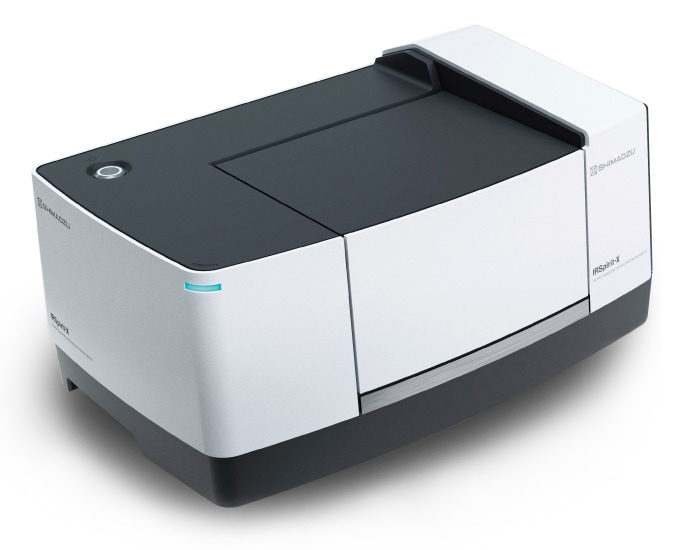
IRSpirit-X Series
- PVC can be qualitatively determined by checking specific peaks, and the presence of PVC can be confirmed even when the amount of additive is very large. - Since PVC has few peaks in the fingerprint region, it is easy to qualitatively identify the additives contained in PVC.
Polyvinyl chloride (PVC) is a synthetic thermoplastic polymer with excellent water resistance, acid resistance, alkali resistance, electrical nonconductivity, and flame resistance, and is used in a wide variety of applications, including film, synthetic leather, fibers, wire coating, rope, and toys, to name a few. Various types of additives such as plasticizers, stabilizers, and fillers can be added to this PVC resin, so that the final PVC product can be either rigid or soft, depending on the amount of plasticizer added. Various types of plasticizers, for example di-2-ethyl hexyl phthalate (dioctyl phthalate), have been added to PVC at concentrations higher than 10 % to produce soft PVC. Since PVC displays relatively weak infrared absorption, PVC that contains a large amount of phthalic ester is strongly affected by that substance, displaying an infrared spectrum which is more similar in shape to the phthalic ester than PVC. For this reason, many soft PVC samples have shown the similar type of infrared spectrum as the phthalic ester. However, due to concerns about the adverse health affects of these phthalic ester plasticizers, including their carcinogenicity, their application and content levels are regulated. Consequently, soft PVC containing various types of plasticizers instead of those containing phthalic esters are currently being marketed. Since soft PVC containing a large amount of plasticizer displays an infrared spectrum that is greatly affected by the plasticizer, a variety of infrared spectral shapes are seen with soft PVC. Here we introduce and discuss the infrared spectra of this type of soft PVC.
November 24, 2024 GMT
Some products may be updated to newer models